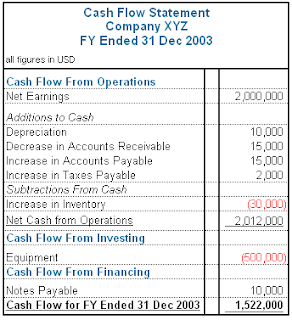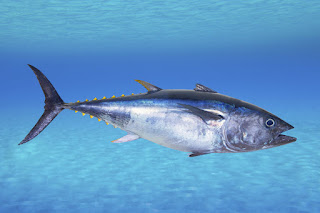Components of a Cash Flow Statement
For over 30 years, Lester Turnquest has served in various leadership capacities in the finance industry. Having started his career in the Government of The Bahamas’ Ministry of Finance, he now serves as the managing director of the Green Bay Group, Ltd., in Nassau, Bahamas. Throughout his career, Lester Turnquest of Nassau, Bahamas, has had such responsibilities as monitoring property performance and analyzing cash flow.
Most cash flow statements split cash flow into three different categories: operations, investing, and finance. Operating activities typically serve as the main source of cash and costs. They include all direct and indirect costs that are associated with particular services or products and encompass the income gained through sales. Further, cash flow statements detail information about operating costs that income statements do not always cover.
Meanwhile, investing cash flow includes any assets that have been bought or sold during a specific period of time. These assets are not related to a company’s operations and inventory. The types of assets that are often included in the investment portion of a cash flow statement are equipment, property, and stocks. Since investments involve disbursing cash into other areas, statements typically show a negative cash flow in this category.
Finally, statements include information about financing activities such as borrowing money, repaying debt, and issuing stock. This section shows a company how much of its cash went to stockholders or into paying down long-term debts. Beyond financial information, cash flow statements also report any supplemental information, such as the exchange of non-cash items.



